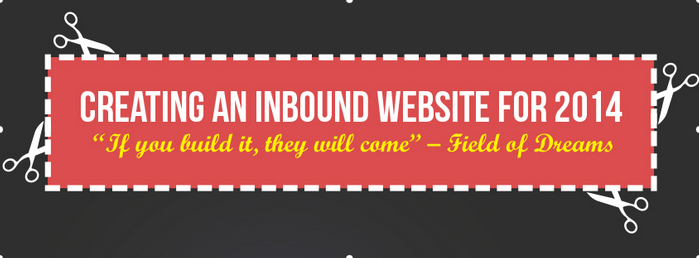
Taking a wide glimpse at the current state of marketing, and the web as a whole – we realize the similarities and the tiny amounts of types of content that marketers all around the world use to promote and engage their customers. It’s really interesting to observe, and it goes to show how working together and following each others advice can have a great impact on how the web works.
This infographic is putting the emphasis on inbound marketing, and why you should strive to create an inbound website in 2014. The web is longer just one big lake where everyone is coming to swim, we’ve now got a ton of tiny lakes with their own according owners – either throwing a party, or simply chilling out – minding their own business.
Having your own website to do your inbound marketing work from means only one thing, you’re in charge of everything that happens. Be it a sale, or be it a new lead. You’ve got the necessary power and tools to make it happen. We’ve come a long way and this infographic shows us the most important parts of an inbound website strategy.
Over the last couple of weeks I’ve come to a realization about the similarities that many business owners posses. I think it’s time we strive for our own unique path instead. Take SEO best practices for example. 75% of user never scroll past the first page of search results. Isn’t that crazy? And does that not make you think about the volume and quality of content you should be producing in order to appear on those first page results?
Every time someone takes place on first page, someone gets kicked back to the second one…or third one. It doesn’t matter. You win some, you lose some. I hope this infographic will help you better understand some of the necessary steps that should be put in place when developing a inbound website for 2014 and further.
![Creating a Inbound Website Strategy for 2014 [INFOGRAPHIC]](https://codecondo.com/wp-content/uploads/2014/02/Creating-a-Inbound-Website-Strategy-for-2014-INFOGRAPHIC.jpg)
What were the key takeaways for you, from this guide? The site search part sounded really interesting to me, and I think it makes perfect sense, when you think about direct interaction and how the user wants more of what you’ve already got.
[source]
